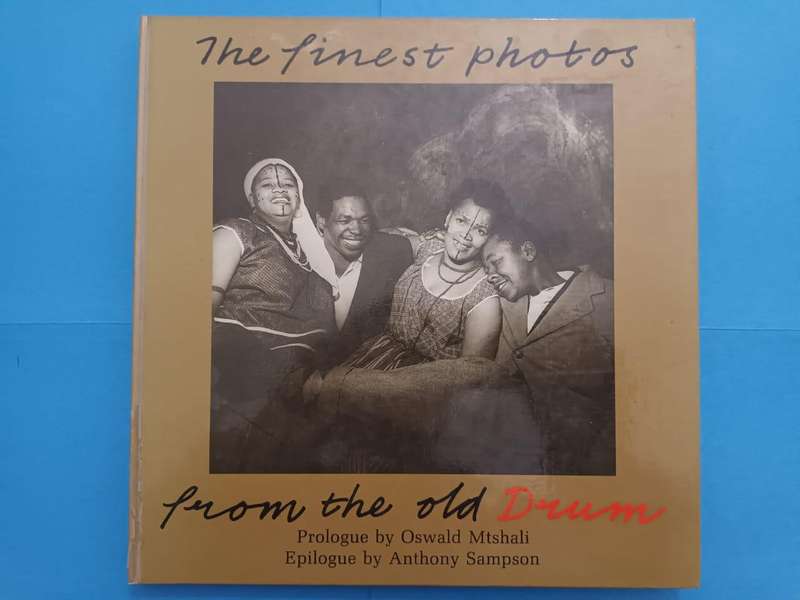
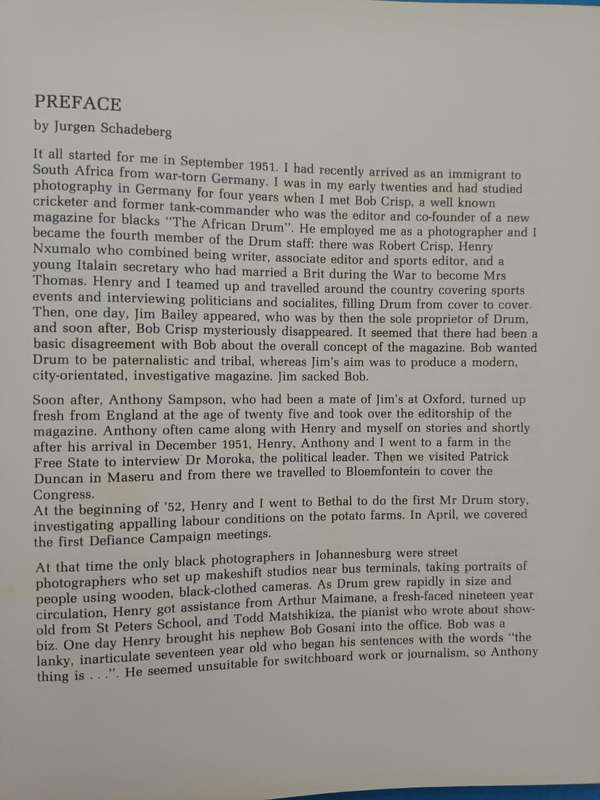
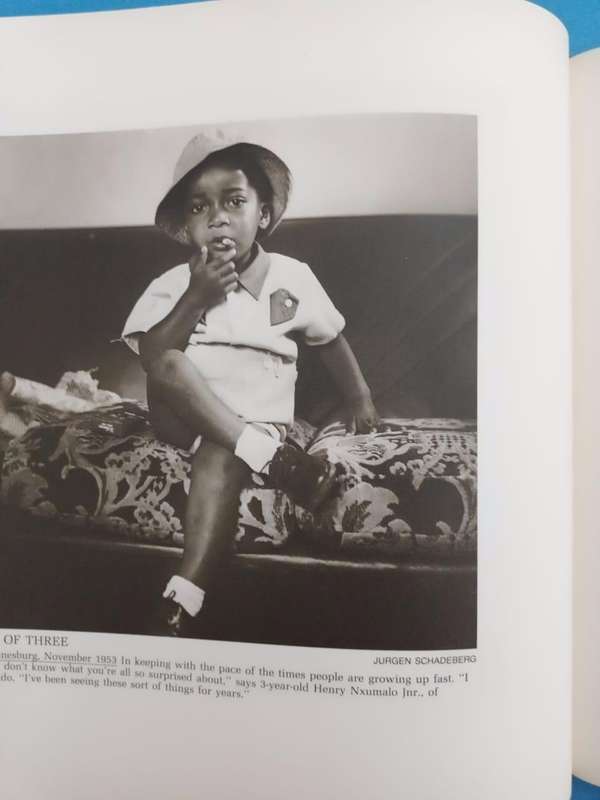
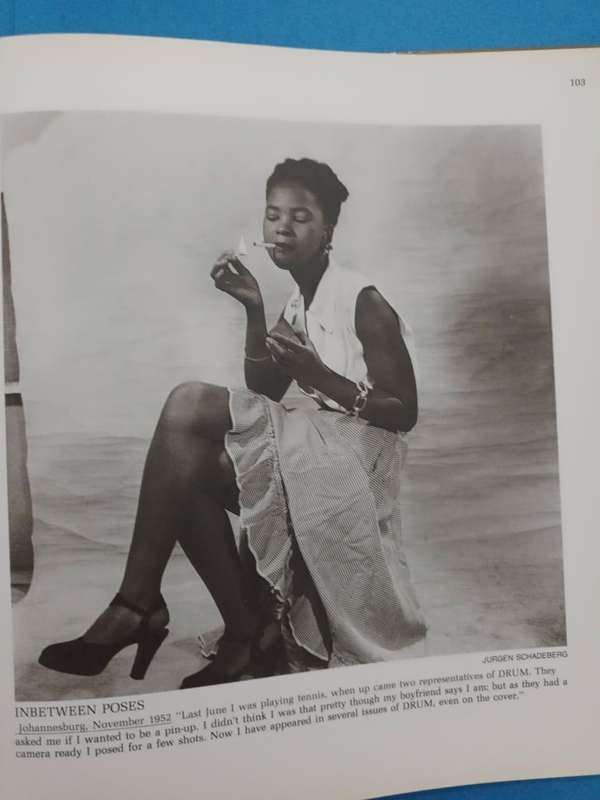
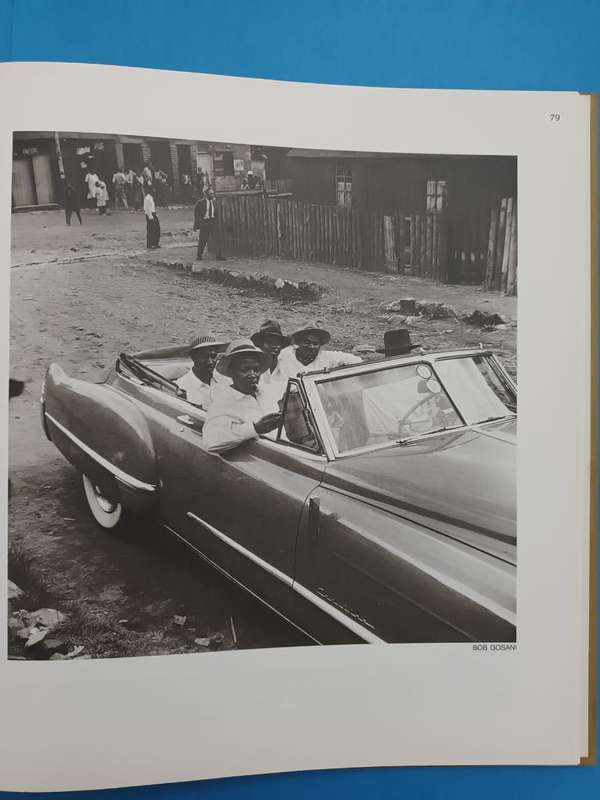
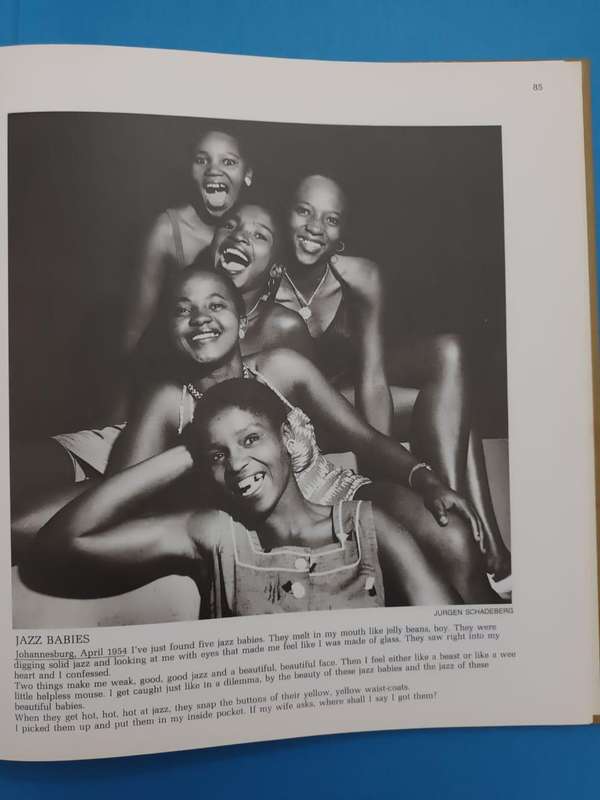
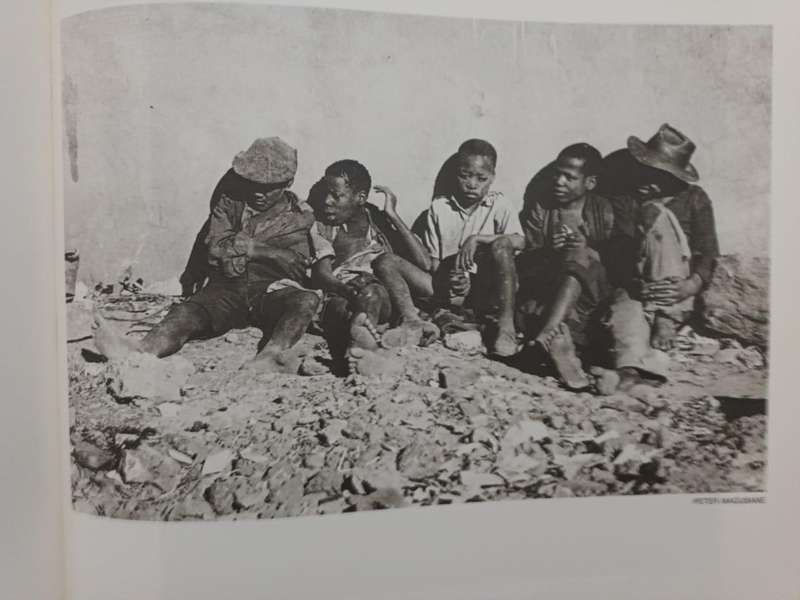
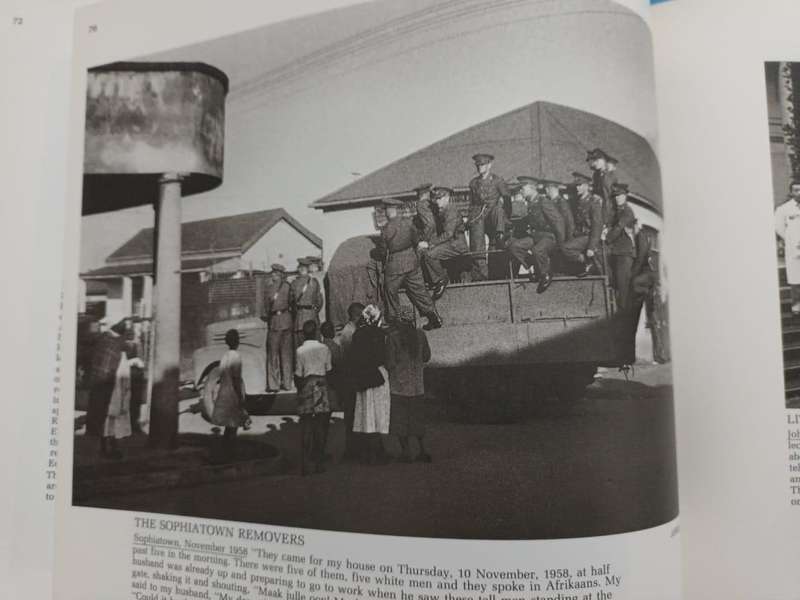
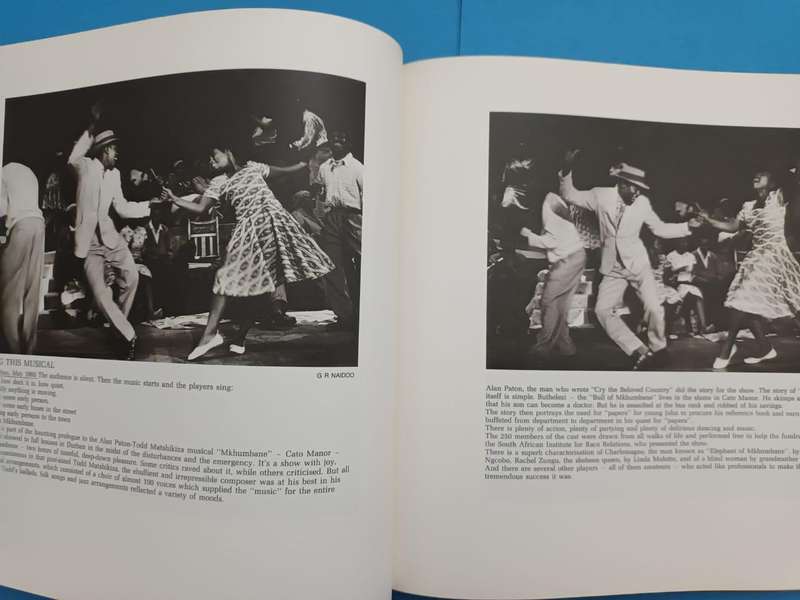
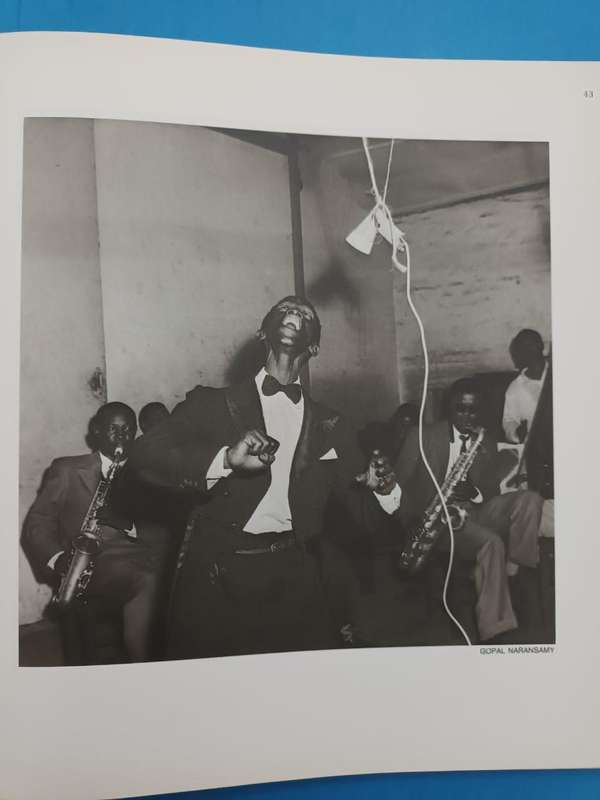
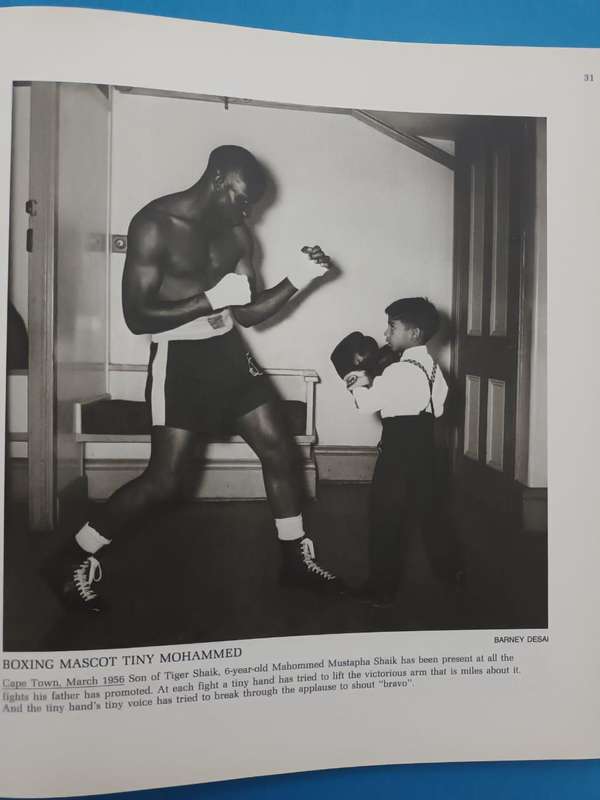
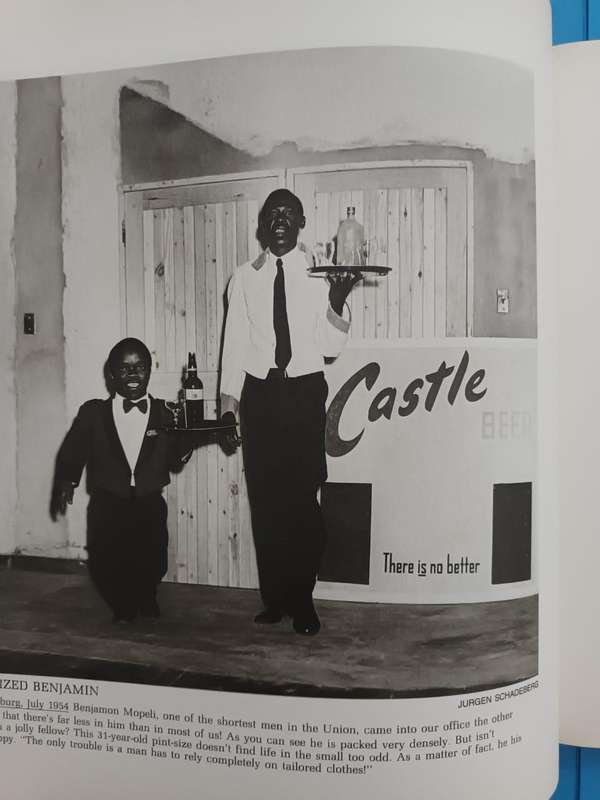
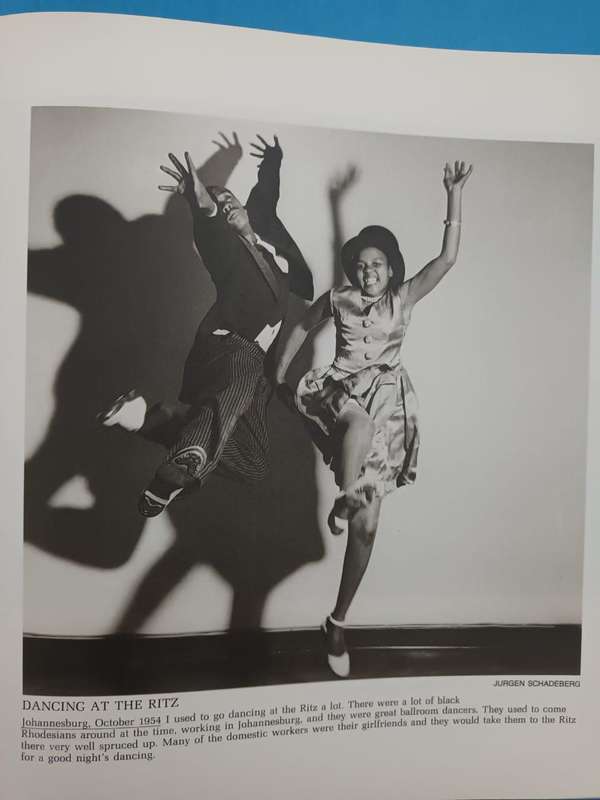
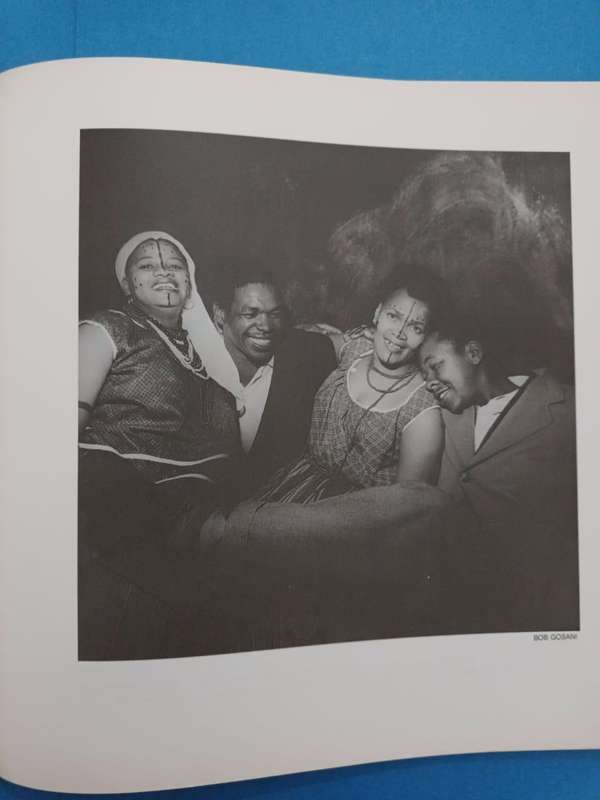
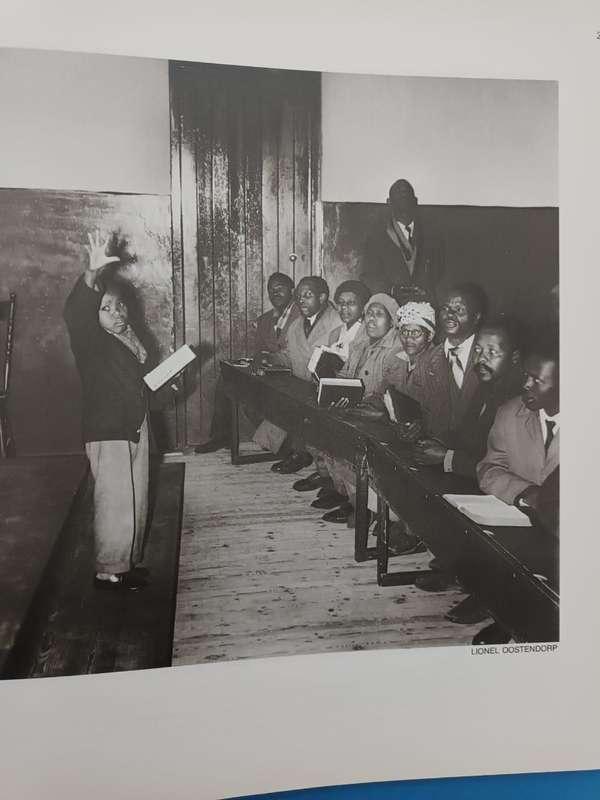





The Finest Photos from the old Drum
Check my rate
| Main centres: | 1-3 business days |
| Regional areas: | 3-4 business days |
| Remote areas: | 3-5 business days |




















| Main centres: | 1-3 business days |
| Regional areas: | 3-4 business days |
| Remote areas: | 3-5 business days |
Jurgen Schadeberg (compiler/editor), prologue by Oswald Mtshali, The Finest Photos from the Old Drum. Lanseria: Bailey's African Photo Archives, 1987.
Hard cover, square quarto (27.5 x 27.5 cm), 130 pages, beautifully illustrated.
Small section of lamination missing from upper hinge, minor foxing on preliminary pages. Good to very good condition.
Preface by Jurgen Schadeberg:
It all started for me in September 1951. I had recently arrived as an immigrant to South Africa from war-torn Germany. I was in my early 20s and had studied photography in Germany for four years when I met Bob Crisp, a well-known cricketer and former tank commander who was the editor and co-founder of a new magazine for blacks, the African Drum. He employed me as a photographer and I became the fourth member of the Drum staff: there was Robert Crisp, Henry Nxumalo who combined being writer, associate editor and sports editor, and a young Italian secretary who had married a Brit during the war to become Mrs Thomas. Henry and I teamed up and travelled around the country covering sports events and interviewing politicians and socialites, filling Drum from cover to cover. Then, one day, Jim Bailey appeared, who was by then the sole proprietor of Drum, and soon after, Bob Crisp mysteriously disappeared. It seemed that there had been a basic disagreement with Bob about the overall concept of the magazine. Bob wanted Drum to be paternalistic and tribal, whereas Jims aim was to produce a modern, city-orientated, investigative magazine. Jim sacked bob.
Soon after, Anthony Sampson, who had been a mate of Jims at Oxford, turned up fresh from England at the age of 25 and took over the editorship of the magazine. Anthony often came along with Henry and myself on stories and shortly after his arrival in December 1951, Henry, Anthony and I went to a farm in the Free State to interview Dr Moroka, the political leader. Then we visited Patrick Duncan in Maseru and from there we travelled to Bloemfontein to cover the Congress.
At the beginning of 52, Henry and I went to Bethel to do the first Mr Drum story, investigating appalling labour conditions on the potato farms. In April, we covered the first Defiance Campaign meetings.
At that time the only black photographers in Johannesburg were street photographers who set up makeshift studios near bus terminals, taking portraits of people using wooden, black-cloth cameras. As Drum grew rapidly in size and circulation, Henry got assistance from Arthur Maimane, a fresh-faced 19 year old from Saint Peters school, and Todd Matshikisa, the pianist who wrote about showbiz. One day Henry brought his nephew Bob Gosani into the office. Bob was a lanky, inarticulate 17 year old who began his sentences with the words the thing is. He seemed unsuitable for switchboard work or journalism, so Anthony Sampson passed him on to me and I took him on as a photographic apprentice. After he'd been helping me for some time in the darkroom, I organised a camera for him and took him with me on assignments. He soon learned skills of picture making and after a few years became one of the outstanding photographers on Drum.
Photography